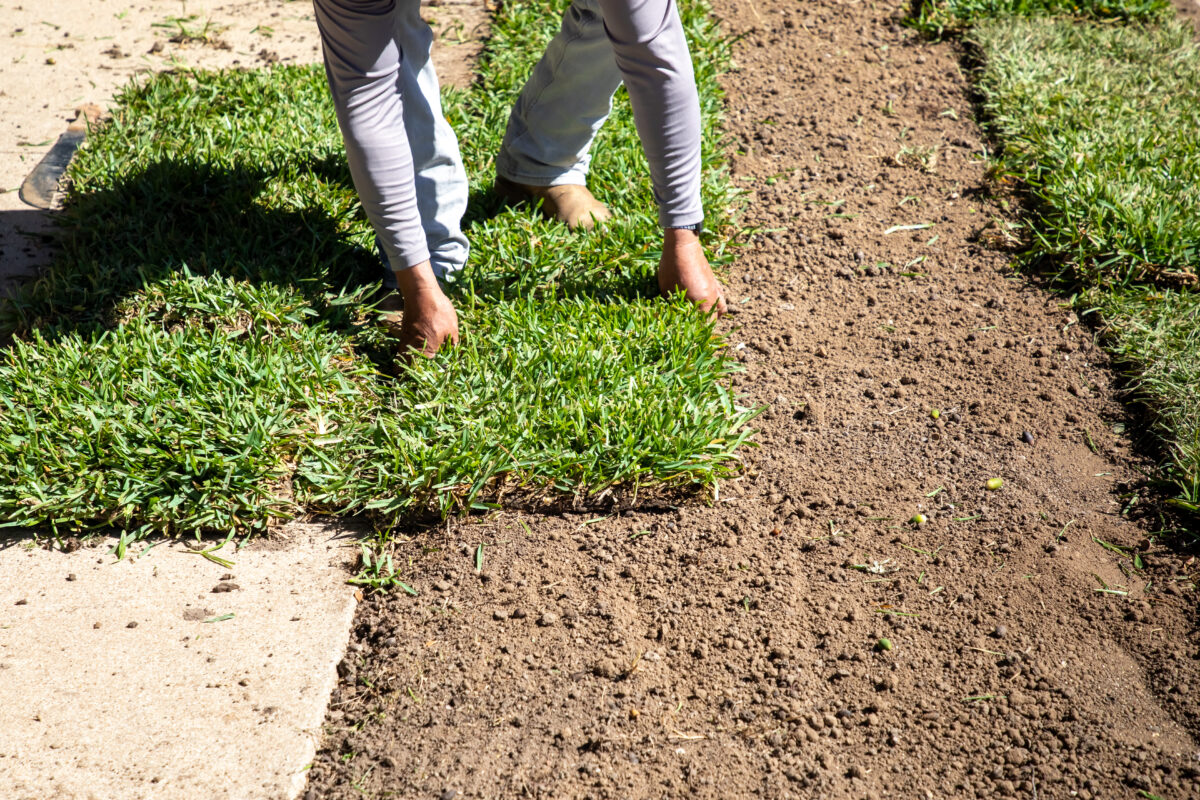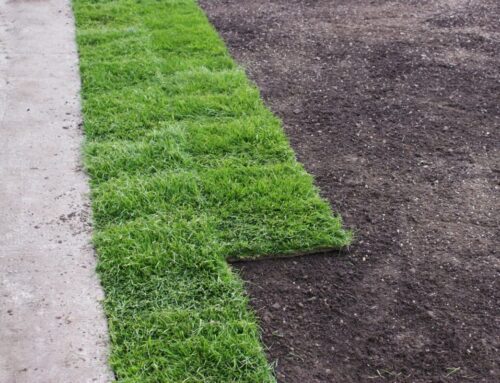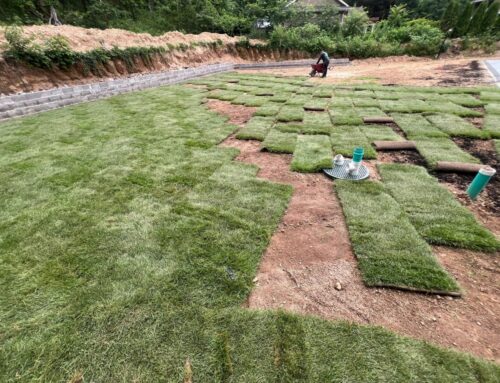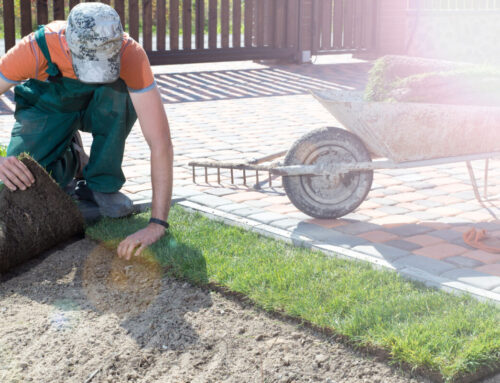Laying new sod is a fast track to a beautiful lawn—but even the best sod can underperform if it’s not cared for properly after installation. At New Jersey Sod Company, we’ve seen it all—from overwatering disasters in Ocean County to mowing mishaps in Morris.
Here are the top 5 sod care mistakes we regularly see in NJ, plus simple, effective ways to avoid them and keep your lawn thriving year-round.
1. Overwatering (or Underwatering)
Water is crucial in the first few weeks after sod is installed, but balance is everything.
Common Mistakes:
- Watering too little, especially during hot NJ summers
- Watering too much, leading to soggy soil and root rot
- Watering in the heat of the day, causing evaporation and waste
How to Fix It:
- Water daily for the first 10–14 days (morning and evening is ideal)
- Keep the top 1–2 inches of soil moist without puddling
- After sod takes root, transition to 2–3 deep waterings per week
Pro Tip: South Jersey’s sandy soils drain faster—watch for dry spots and adjust as needed.
2. Mowing Too Soon (or Not Soon Enough)
One of the biggest mistakes we see in NJ is mowing sod before it’s rooted, or letting it grow too long and scalping it later.
Common Mistakes:
- Mowing within the first week of installation
- Waiting too long, then cutting off too much at once
- Using dull mower blades that tear instead of cut
How to Fix It:
- Wait at least 2–3 weeks before your first mow
- Test by gently tugging on the sod—if it lifts, it’s not ready
- Cut no more than 1/3 of the blade height at a time
- Keep mower blades sharp for clean cuts
3. 🧪 Skipping Fertilizer or Using the Wrong Kind
New Jersey soil is diverse—clay in some parts, sandy in others—but sod needs nutrients everywhere.
Common Mistakes:
- Thinking sod doesn’t need fertilizer since it’s already green
- Applying a generic or high-nitrogen fertilizer too early
- Skipping fertilization entirely in the first season
How to Fix It:
- Use a starter fertilizer 4–6 weeks after installation
- Fertilize again in early fall to strengthen roots for winter
- Choose products based on your sod type (Zoysia, Fescue, Bluegrass)
Tip: Ask us about soil testing if you want to dial in your lawn nutrition.
4. Poor Soil Prep Before Installation
Your sod is only as good as the ground beneath it—and too many NJ homeowners skip this crucial step.
Common Mistakes:
- Laying sod over existing grass or compacted soil
- Failing to level the surface or remove debris
- Ignoring proper grading, which can lead to pooling
How to Fix It:
- Clear out old grass, weeds, and debris
- Loosen the top few inches of soil with a rake or tiller
- Level and grade the area to promote proper drainage
- Water the soil lightly a day before sod delivery
5. Neglecting the Edges and Seams
This one’s subtle, but ignoring the seams between sod strips or letting edges dry out can lead to gaps, weeds, and long-term patchiness.
Common Mistakes:
- Not pressing seams together tightly during installation
- Letting edge pieces dry out more quickly than the center
- Failing to water borders or shady corners evenly
How to Fix It:
- After installation, walk on a sod roller or press seams together firmly
- Pay extra attention to edges and small pieces during watering
- Fill any small gaps early with compost or soil to prevent weed intrusion
Final Thoughts: Small Habits, Big Results
Most sod failures aren’t caused by bad sod—they’re caused by small missteps in care. With the right watering, mowing, and fertilizing schedule, your New Jersey lawn can thrive from the very first season.
At New Jersey Sod Company, we don’t just drop off grass—we support you through the entire process with expert advice and proven best practices for local conditions.
📍 Serving homeowners across North, Central, and South Jersey.
📞 Call us today or request a quote online to get started right.






